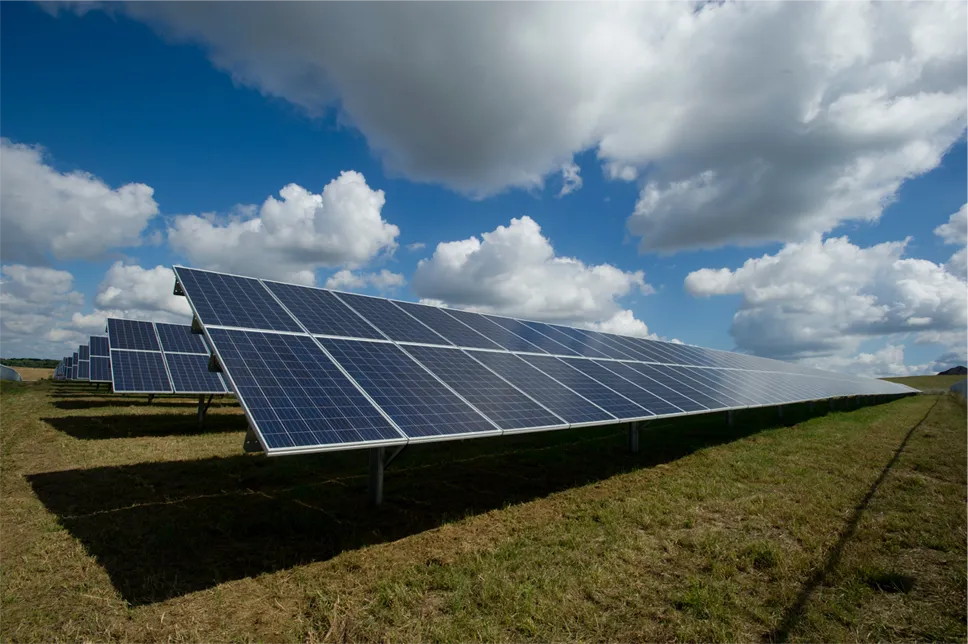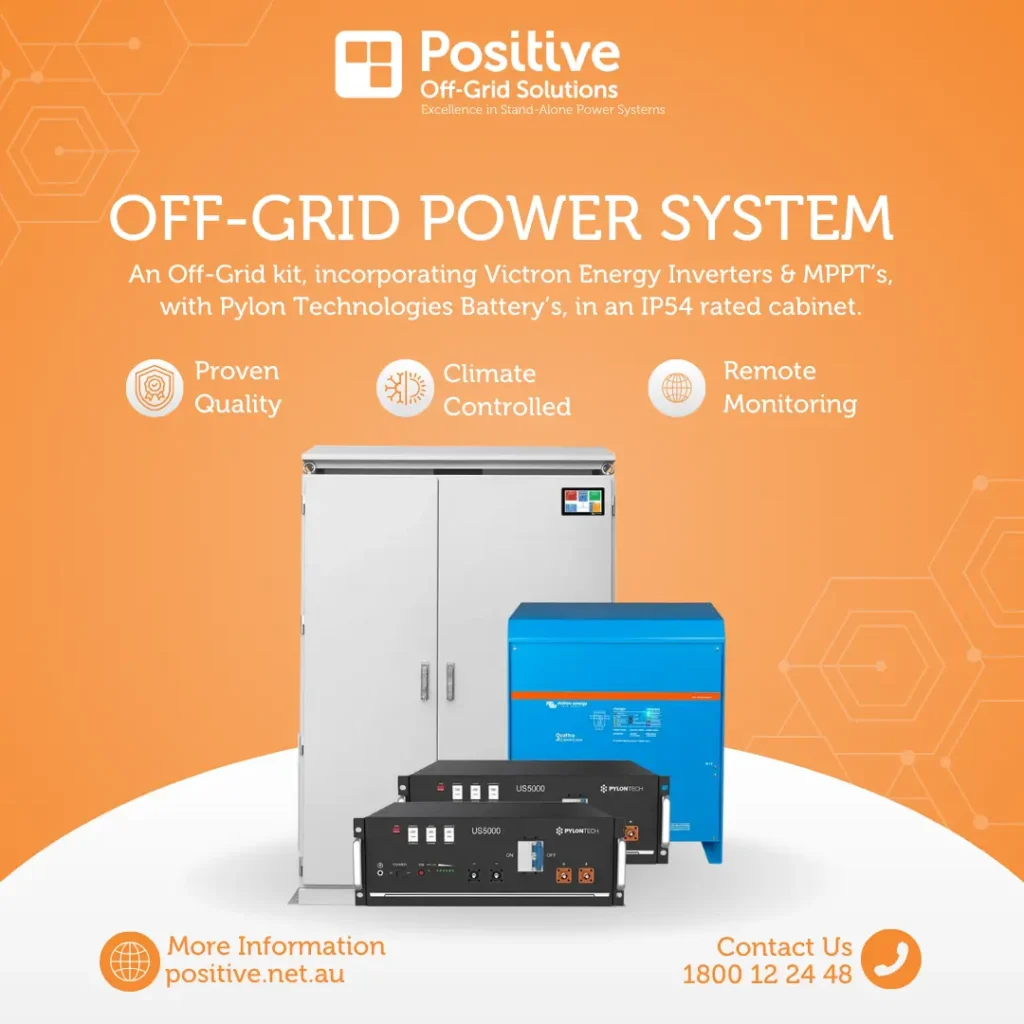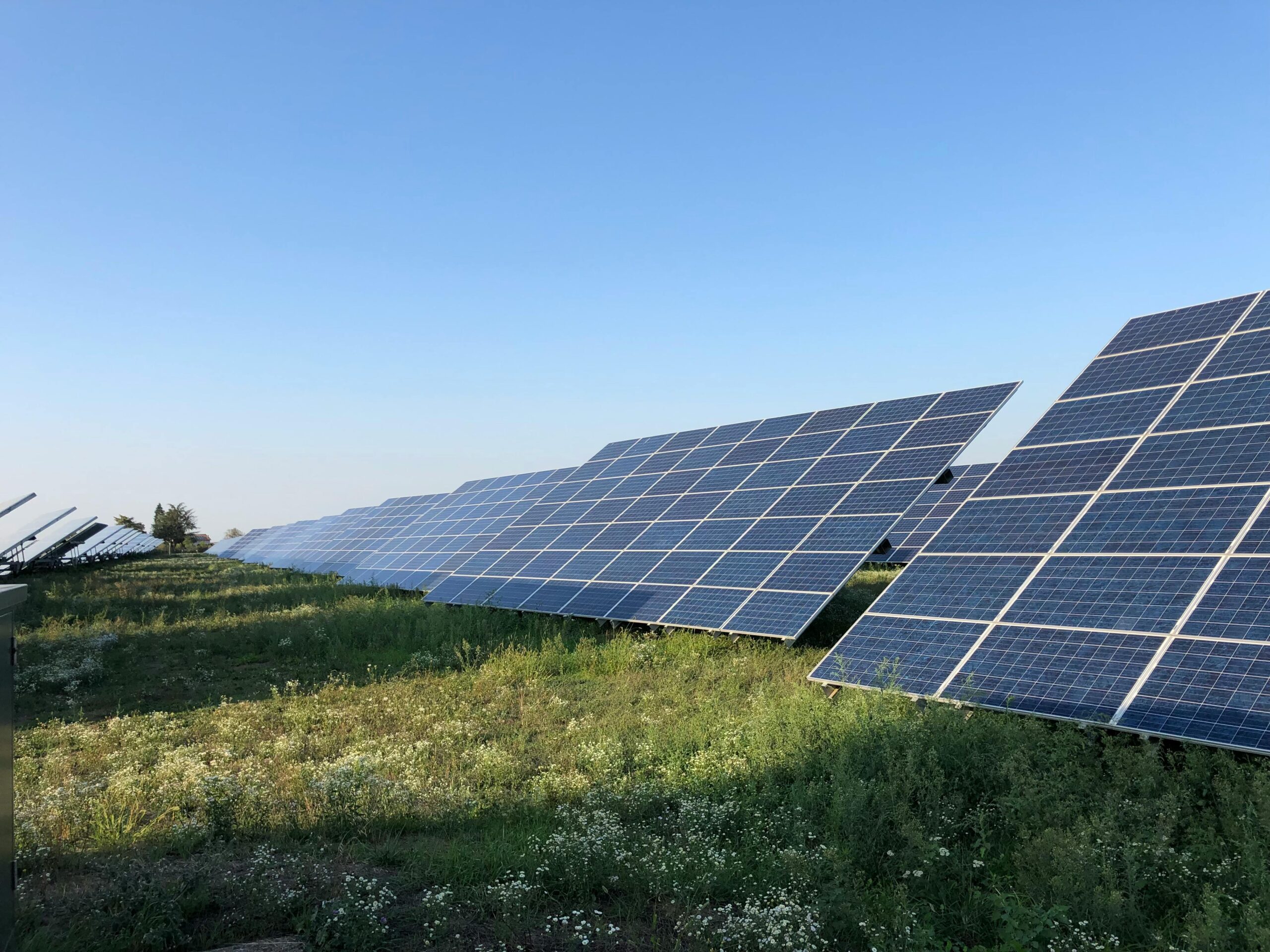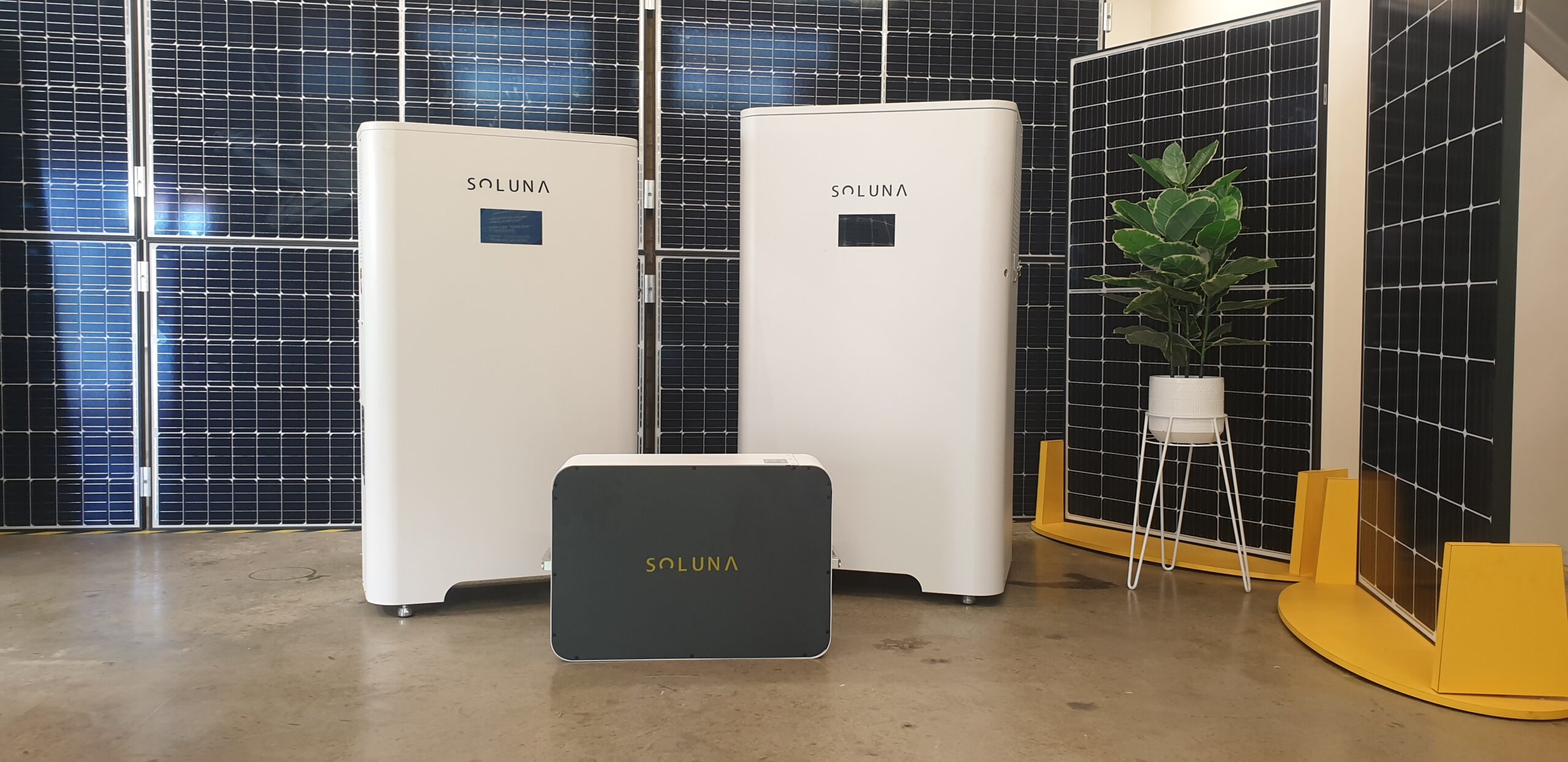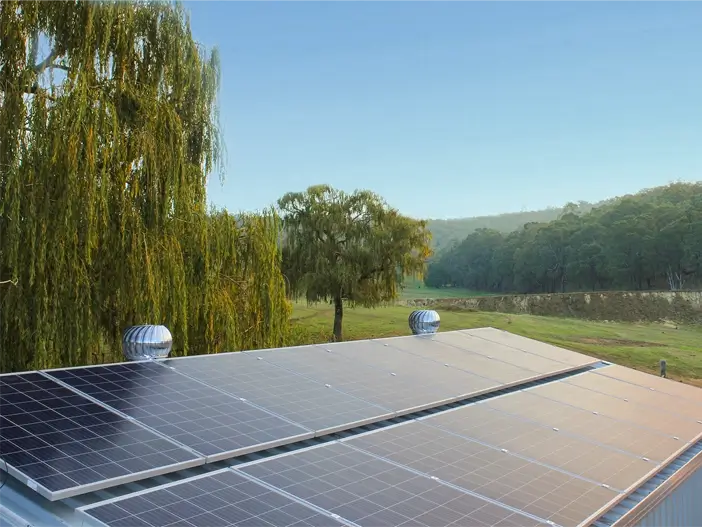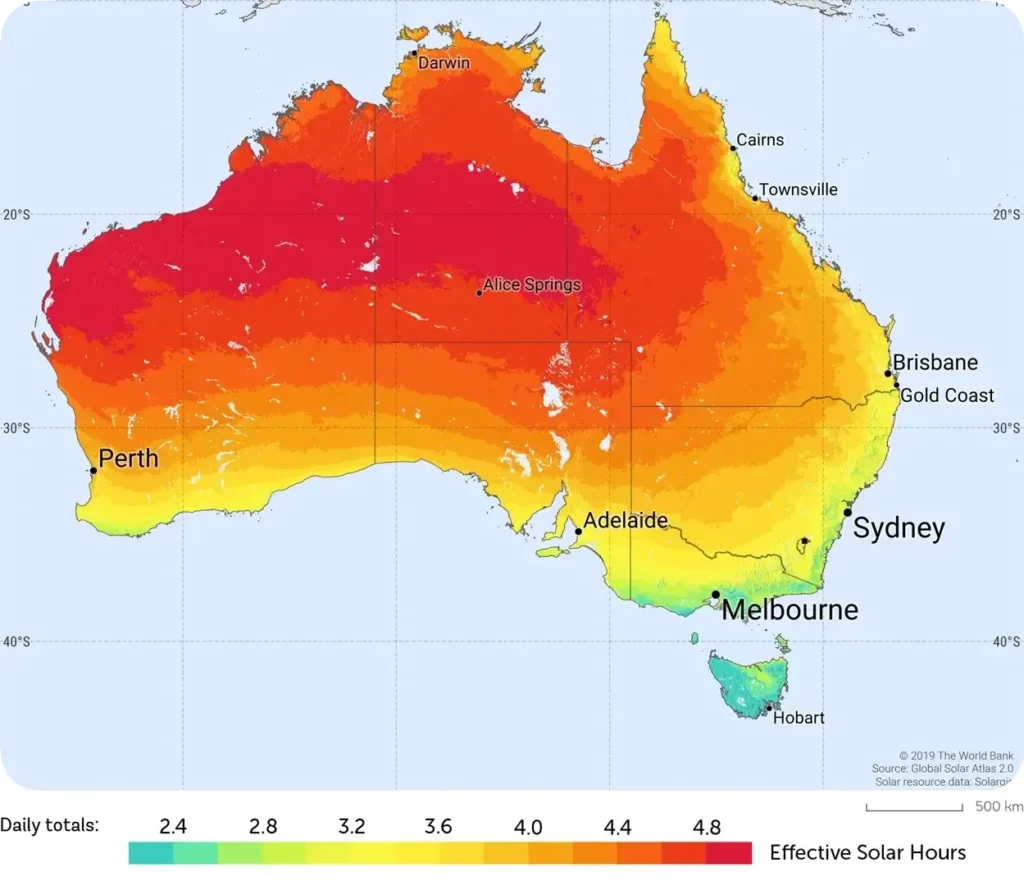In today’s rapidly evolving world, the need for sustainable and reliable sources of energy has become more critical than ever. Off-grid energy solutions, powered by renewable sources, offer a promising alternative to traditional centralised power systems. These technologies, such as solar, wind, and hydropower, enable individuals and communities to generate their own electricity, fostering energy independence and reducing their environmental impact. In this blog post, we will explore various renewable energy technologies suitable for off-grid applications, discuss their advantages and considerations, and highlight real-world examples of successful off-grid energy projects.
Solar Power
Solar power is perhaps the most well-known and widely used off-grid energy technology. It harnesses the energy from the sun to generate electricity through photovoltaic (PV) panels. Solar power has several advantages, including its abundance and availability in most regions of the world. Additionally, solar panels have a long lifespan and require minimal maintenance. They can be installed on rooftops or in open spaces, making them suitable for various off-grid applications. Notable considerations for solar power include the need for sufficient sunlight, the initial installation cost, and the requirement for energy storage systems to ensure a continuous power supply.
Real-world Example: The Solar Village Project in Tanzania is an excellent demonstration of the power of solar energy. This initiative provides electricity to rural communities using solar panels, enabling access to lighting, communication, and other essential services.
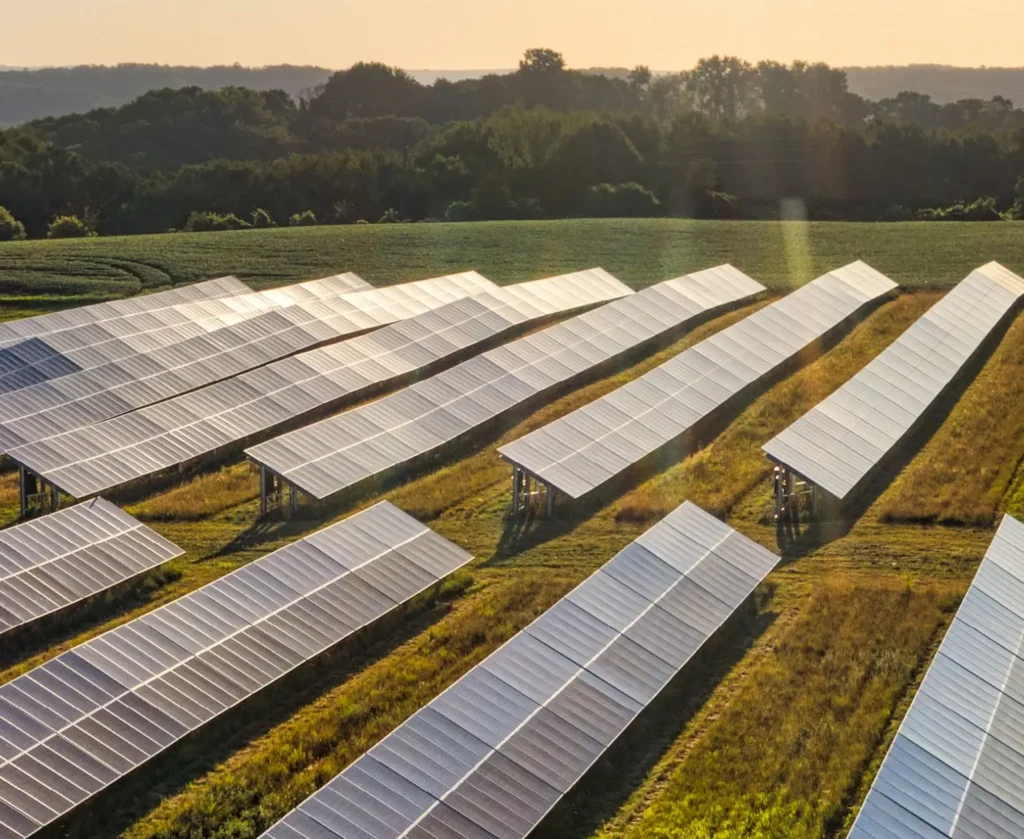
Wind Power
Wind power is another viable off-grid energy technology that converts wind energy into electricity using wind turbines. It offers several advantages, including its scalability, as turbines can be installed in various sizes to meet different energy demands. Wind power is a highly sustainable and clean energy source, producing zero greenhouse gas emissions. However, it is essential to consider the availability of consistent and strong winds for optimal power generation. Wind turbines may also produce noise and visual impacts, which should be taken into account when planning off-grid projects.
Real-world Example: The Isle of Eigg in Scotland serves as an inspiring example of a successful off-grid community powered by wind energy. Through a combination of wind turbines and solar panels, the island’s residents enjoy a reliable and renewable energy source, reducing their reliance on fossil fuels.

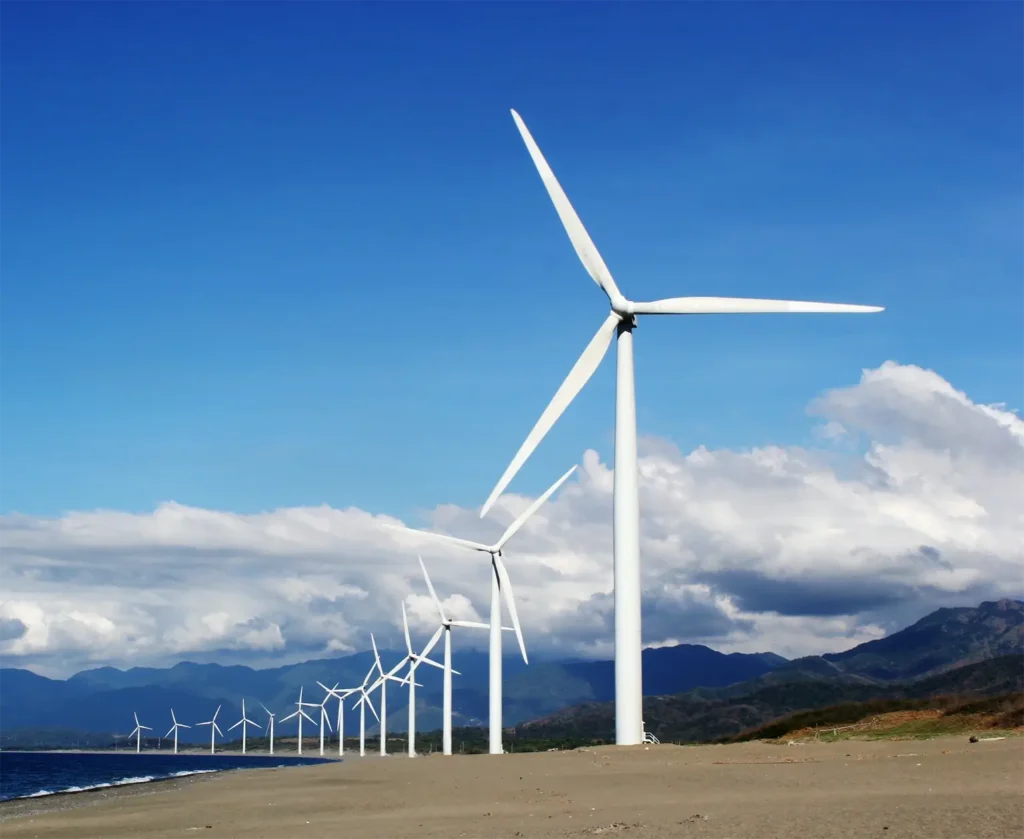
Hydropower
Hydropower utilizes the force of flowing or falling water to generate electricity. It can be implemented in various forms, such as micro-hydro systems or small-scale run-of-the-river installations. Hydropower offers numerous advantages, including its high energy density, long lifespan, and low operating costs. It is a consistent and reliable source of renewable energy, particularly suitable for locations with abundant water resources. However, the installation of hydropower systems requires careful planning and consideration of the environmental impacts, such as changes to river ecosystems and potential displacement of local communities.
Real-world Example: The Himalayan region in Ladakh, India, is home to numerous small-scale hydropower projects. These projects provide electricity to remote villages, enabling economic development and improving the quality of life for the local population.
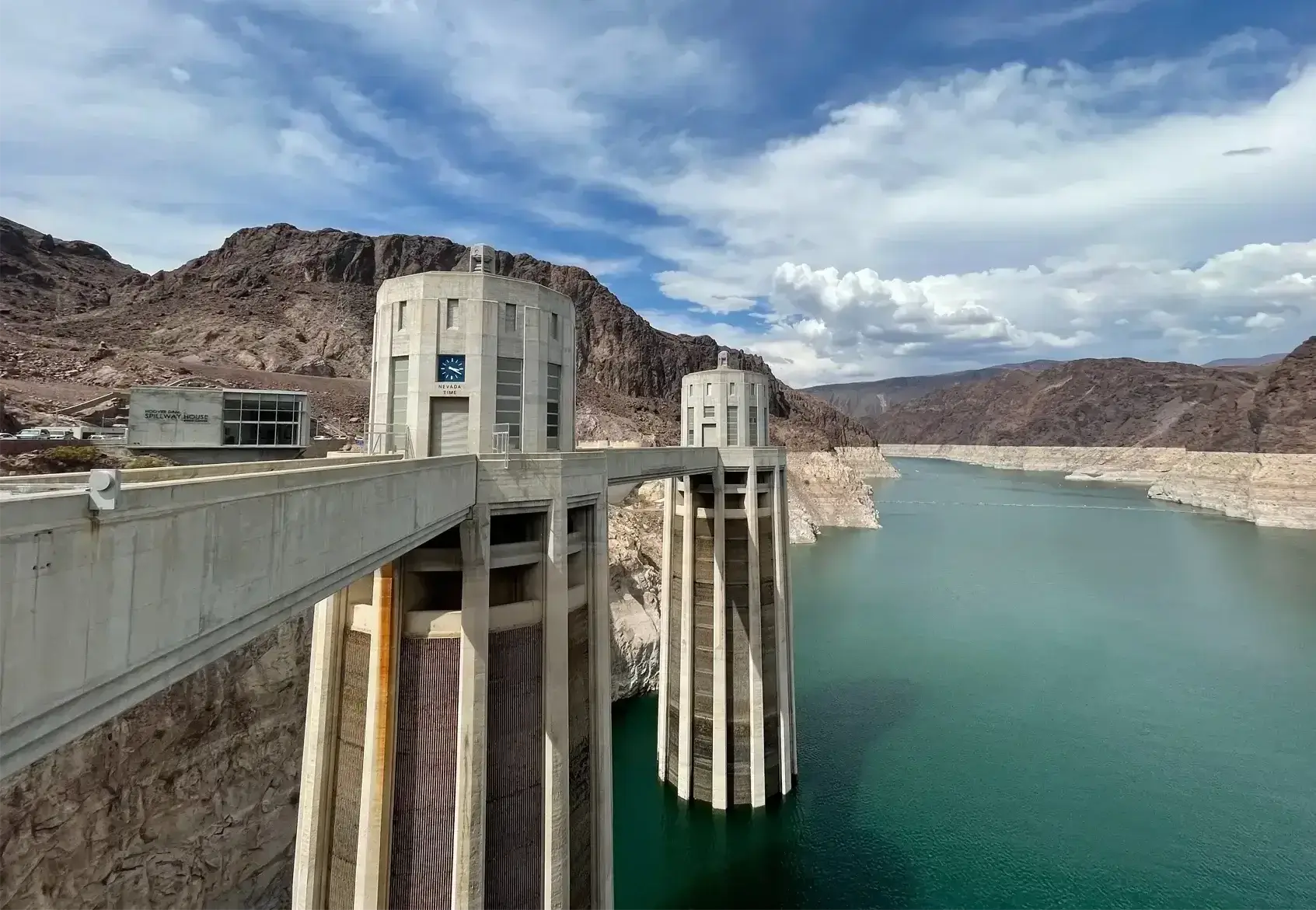
Summary
Off-grid energy technologies have revolutionised the way we think about power generation and consumption. By harnessing renewable sources such as solar, wind, and hydropower, individuals and communities can achieve energy independence while reducing their carbon footprint. Solar power offers widespread availability and minimal maintenance requirements, wind power provides scalable and clean energy generation, and hydropower presents a reliable and consistent source of electricity. Real-world examples, such as the Solar Village Project, the Isle of Eigg, and small-scale hydropower projects in Ladakh, demonstrate the successful implementation of off-grid energy technologies. As we continue to explore and adopt these technologies, we move closer to a sustainable future where clean, renewable energy powers our world.

